Richard Wyckoff was one of the pioneers in the 20th century to present a technical approach to analyzing the financial markets with the Wyckoff Candle Volume Analysis. He observed the activities of legendary traders of his time including JP Morgan and Livermore and introduced the most effective trading techniques, laws and guidelines for money management.
Today, we take a look at the price action based methodology called the Wyckoff Method of market analysis which explains the key aspects of trading. This method can be applied to any market including currencies, bonds and stocks.
We’ve broken this article down into the following sections:
- Wyckoff Analysis – UPDATED– A Complete Guide
- Wyckoff Candle Volume Analysis
- Wyckoff Volume Spread Analysis
- Wyckoff Spring Pattern
- What are the Wyckoff Candle patterns?
- What is the Wyckoff Candle Volume Analysis
- How does a volume chart work in a market?
- What is a volume trader and how do they work
- What is Volume and Price Analysis?
- What is a Candle Chart?
- What does volume analysis in trading mean?
- Why does volume and price analysis matter?
- Best Volume Spread Analysis Books
Wyckoff Analysis – UPDATED– A Complete Guide
Wyckoff and his associates came up with a theoretical as well as practical approach to the financial markets with guidelines that help identify the best candidates and enter long and short positions. The analysis has been used for all these years and even today by investors to find the best ways to select winning stocks, the right times to buy them and the most effective techniques to reduce risks.
Wyckoff has introduced a five-step approach to market analysis aimed at decision making:
1. Determining the present state and future trend possibility for the market. The assessment of whether the analysis of the demand, supply and market structure denotes a future trend helps decide how you should play the game. This step uses Point and Figure charts and bar charts for market indices.
2. Pick the stocks which are in tune with the trend. Select stocks stronger than the market in an uptrend and do the opposite in a downtrend by picking stocks which are weaker. Use bar charts of stocks to compare with the most relevant market indices.
3. Select stocks whose cause equals your objective. Wyckoff’s method uses a ‘Cause and Effect’ law where the P&F count is the cause and the price movement is the effect. So, pick stocks with a cause that meets your objective when you want to plan long positions. This step uses Point and Figure charts for individual stocks.
4. Identify the chances of the stock’s movement. Apply the steps for buying and selling which suggest whether a supply is entering the market or absorbed.
5. Time your commitment to match the market index. To improve your chances of trading successfully, you should consider three-quarters or more of the issues. Wyckoff principles help identify the market moves including the price action changes. Use the laws to position your stop loss and trade accordingly.
Wyckoff Candle Volume Analysis
Wyckoff volume analysis combined with candlestick pattern analysis works because it uses the strengths of both the methods while overcoming the limitations of both. Wyckoff Candle Volume Analysis is universal and works in all the markets and time periods.
Wyckoff says that a high volume in a market comes from professional traders while the low volume shows that professionals are not interested in buying. When they withdraw from a move into a downtrend with a bigger timeframe, it is the perfect time for a short position or to liquidate long positions.
This position is identified by the rules,
● The closing price of a candle is higher than that of the previous candle
● Volume is less than the last candles
● A doji candle pattern is formed
The Wyckoff Candle Volume Analysis has no lag as it indicates the weakness in the market instantly and allows positioning the trades accordingly.
Wyckoff Volume Spread Analysis
For any trader following the Wyckoff method, volume is of utmost importance as it gives useful information on what is going on. The volume spread analysis is an indication of events during the price cycle. It also helps identify the times when the price moves from one stage of the price cycle to another. This works regardless of asset class from traditional stocks to crypto.
If the price is moving through a price level during the Wyckoff cycle and the trading volumes are high, you can consider it as a valid move. However, if the volumes have decreased, it means you are considering a false trading and not a true breakout.
Wyckoff showed that important price-volume patterns form during each stage of the market. You can understand the patterns to be able to identify the path of minimum resistance for future price movement.
Wyckoff Spring Pattern
When the price action dips below the Accumulation channel before going above the Distribution channel in the Wyckoff Price Cycle, it denotes a spring pattern which means a false breakout. This pattern suggests that the price action in the market follows the Wyckoff market cycle.
The spring pattern in a Wyckoff structure is often used as an indication of cycle unfolding. The breakout opposite to the expected price move marks a selling climax which can mislead traders about the future trend direction.
A spring pattern is generally associated with stop running where prices are pushed to stop loss areas to get the liquidity.
What are the Wyckoff Candle patterns?
The Wyckoff Candle patterns are a graphical representation of the distribution of the overall activity per time.
The three Wyckoff Candle patterns are “support,” “resistance,” and “key trend.”
Support occurs when prices move up from a low level to an intermediate level and then stop advancing.
Resistance occurs when prices move down from an intermediate level to a very low price, but then stop declining.
A key trend can be identified when support is found at either end of a significant rally in the market or in a downtrend, resistance in uptrends or bottoms-up rallies in bear markets.
What is the Wyckoff Candle Volume Analysis?
The Wyckoff Candle Analysis is a method of technical stock analysis pioneered by Richard D. Wyckoff in the 1920’s which was used to predict price movements using volume data on individual trading days.
The concept behind the Wyckoff Trading Strategy, sometimes referred to as Volume Profile Analysis, is that buying volume increases with every high and sells off at every low – exactly what you would expect when traders are making money. When this works well, price will pull back before making a new high or new low because buyers start taking profit or sellers get out ahead of themselves anticipating that prices will go lower hence decreasing their loss exposure for being short.
How does a volume chart work in a market?
A volume chart displays the number of shares traded in a given period. It can be used to judge the level of interest and volatility in a stock or market.
Volume is among the most basic and also one of the most useful metrics when analyzing stocks. Volume is best thought of as an indicator, not a cause; its importance rests on three major points: it helps confirm trends, it identifies reversals that might otherwise go unnoticed, and it highlights unusual activity like jumps in price or short squeezes (people buying massive amounts of shares to force prices up).
What is a volume trader and how do they work?
They’re traders who typically buy and sell a high volume of stocks within a relatively short period of time.
A “volume trader” is a stock market term for someone who goes in and out of the markets quickly, buying and selling for their own financial gain with little concern about market fluctuations.
Volume traders often take advantage of tick size differences to earn more from large institutional orders. For example, if an investor places an order for 100 shares, that will probably result in trades as low as one share to fill it, but if they go in as a volume trader they can split those 100 stocks into 5 separate 10-share trades which would mean only five transactions to fill the order instead of ten or fifteen transactions based on liquidity.
What is Volume and Price Analysis?
Volume and price analysis is a way of analyzing the prices and volumes of a stock over time.
In volume and price analysis, traders consider three kinds of graphs for both stocks or commodities – line graphs, bar graphs, and charts. Line graphs use changes in the shares traded to determine volume; bar graphs illustrate stock exchanges by trading range; charts make use of only the closing prices.
What is a Candle Chart?
A Candle Chart is a type of chart for traders to analyze candlesticks with the high, low, opening and closing prices.
Candles can be drawn either as candles (wax with color), or as rectangles, with hollow tops called “hollow candles.”
A candle is just an interesting way to visualize data that’s the same thing every time you see it, but otherwise indecipherable. The dark area shows where all buyers were pushing for their best price points. The trader wants to know what turned them off so they can find more buyers/sellers who aren’t selling at this time.
What does volume analysis in trading mean?
Volume analysis is a trading strategy that uses information about the volume of stocks bought and sold to identify high probability entry and exit points.
Volume refers to how much of a given security must be exchanged per time period. For example, if 100 shares were traded in the last day, the daily volume for that security would be 100. This type of information can provide insight into many different aspects of a stock’s performance including:
- Stock splits (due to excess demand, companies will often divide their shares and proportionally increase this number)
- Volatility (this refers not only to stocks but also whole markets)
- Market sentiment (including bullish or bearish
Why does volume and price analysis matter?
Volume and Price analysis is useful because it measures the strength of market signals. It can be used to identify trends and opportunities in both buy and sell markets, it provides a granular view of the supply and demand balance, and consequently enables traders to make informed trades.
Best Volume Spread Analysis Books
The volume spread analysis is based on Richard Wyckoff’s methods of technical analysis of the market. There are many good books that explain how you can identify demand and supply forces in the market on the basis of time, action and volume.
Master the Markets – A great book by Tom Williams to learn volume spread analysis, Master the Markets contains everything you need to know about Wyckoff’s methods and their use.
The Secret Science of Price and Volume – This book by Timothy Ord explains how to analyze volume and learn techniques to spot market trends, best stocks and hot sectors.
Trades About to Happen – This book is a modern adaptation of the Wyckoff method and contains detailed examples and charts. It is an excellent resource if you want practical learning on application of Wyckoff’s ideas.
Learning how to trade and when to properly apply various financial strategies can be overwhelming when you’re starting out trying to learn.
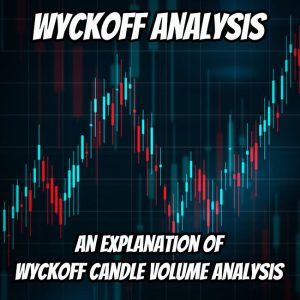
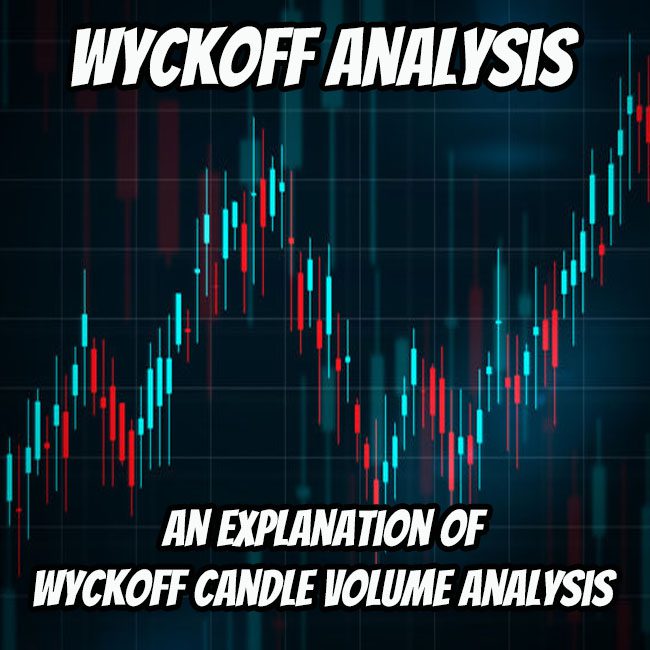
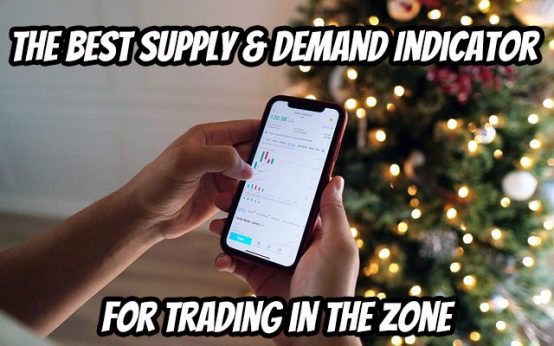 The Best Supply and Demand Indicator for Trading in the Zone
The Best Supply and Demand Indicator for Trading in the Zone 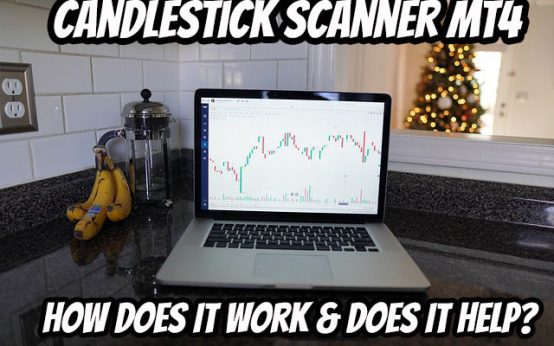 Candlestick Scanner MT4: How Does It Work & Does It Help?
Candlestick Scanner MT4: How Does It Work & Does It Help? 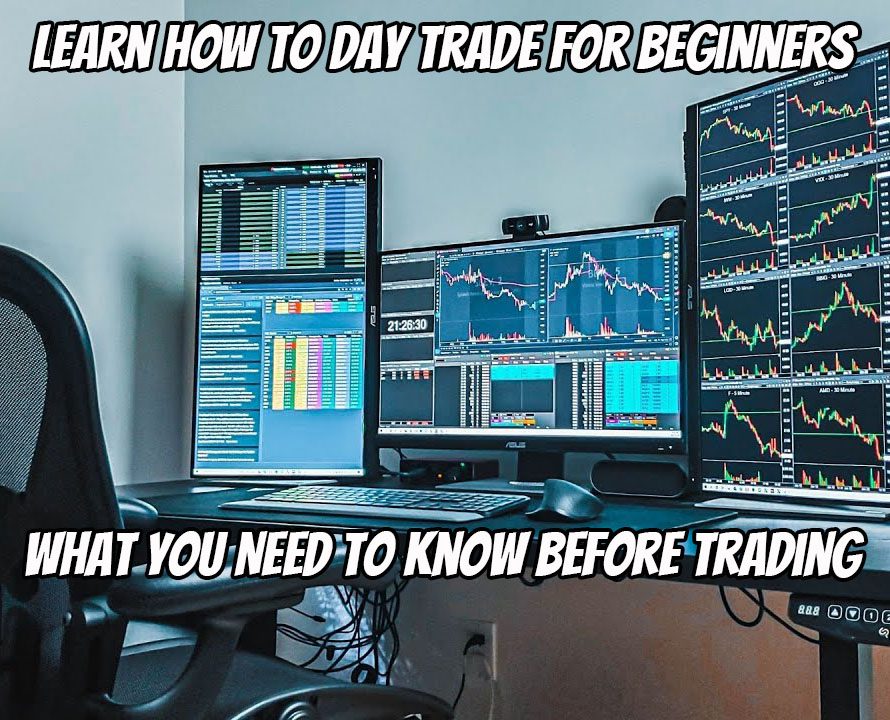 Learn How to Day Trade for Beginners – What You Need To Know Before Trading
Learn How to Day Trade for Beginners – What You Need To Know Before Trading 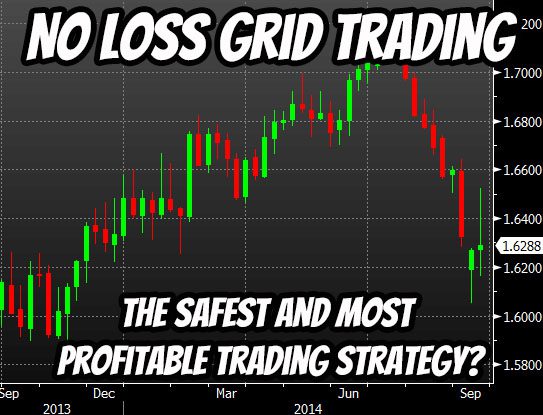 No Loss Grid Trading – The Safest and Most Profitable Trading Strategy?
No Loss Grid Trading – The Safest and Most Profitable Trading Strategy? 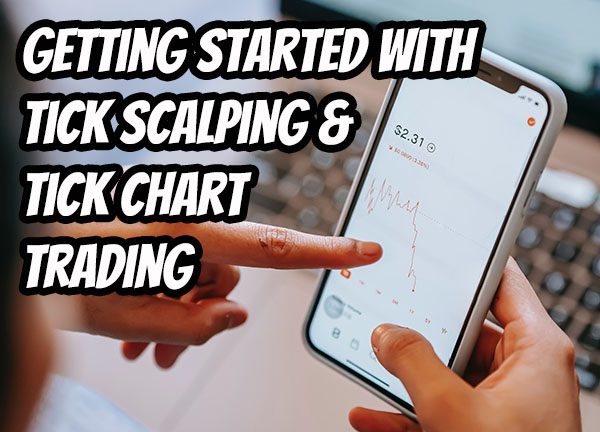 Getting Started With Tick Scalping & Tick Chart Trading
Getting Started With Tick Scalping & Tick Chart Trading 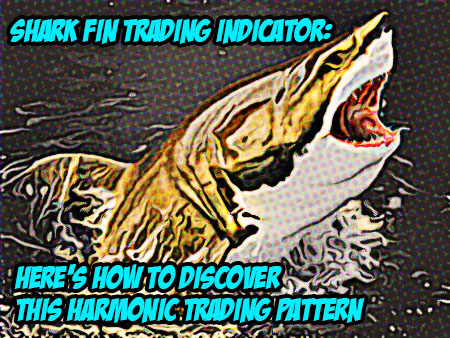 Shark Fin Trading Indicator: Here’s How to Discover This Harmonic Trading Pattern
Shark Fin Trading Indicator: Here’s How to Discover This Harmonic Trading Pattern